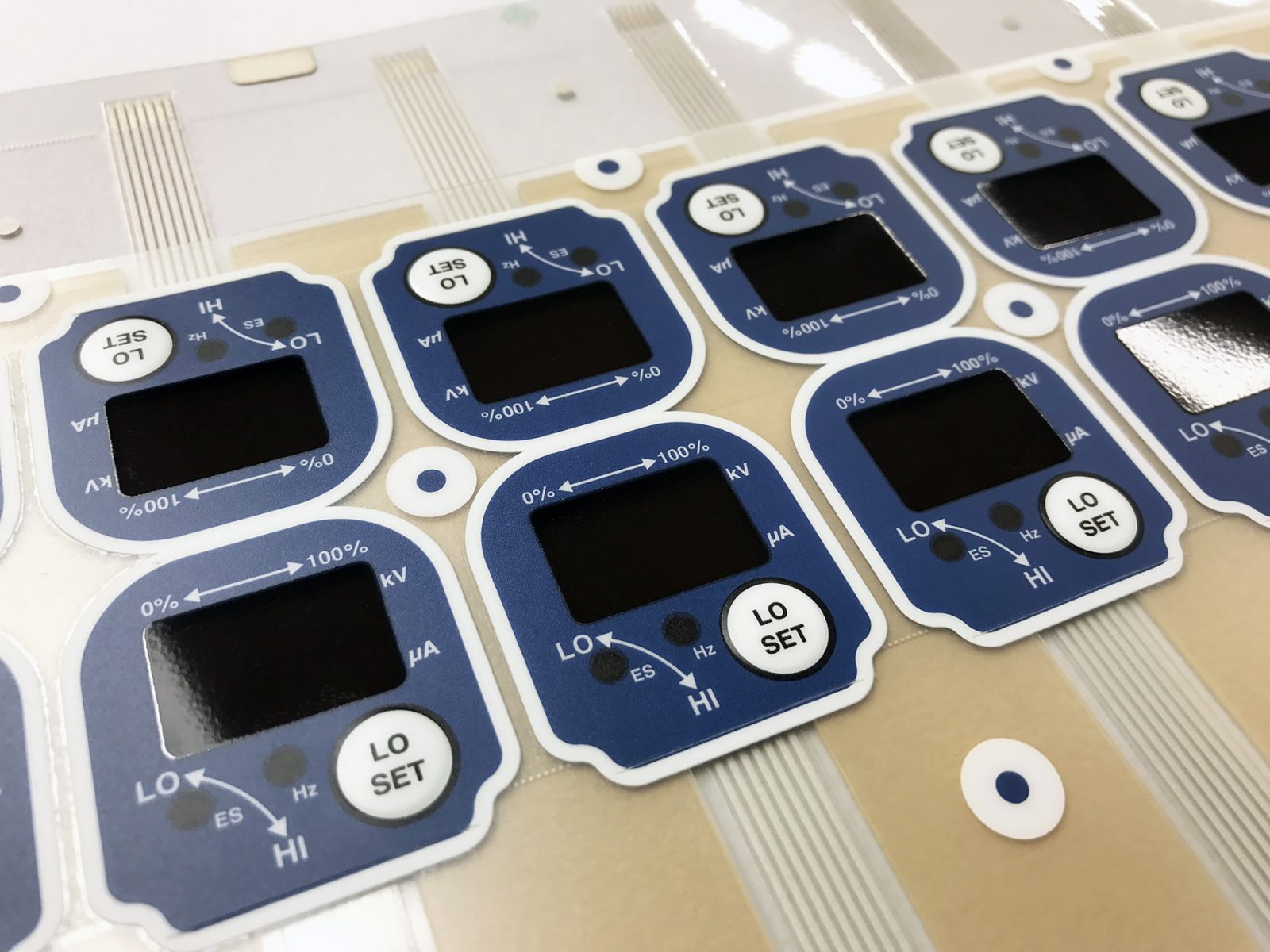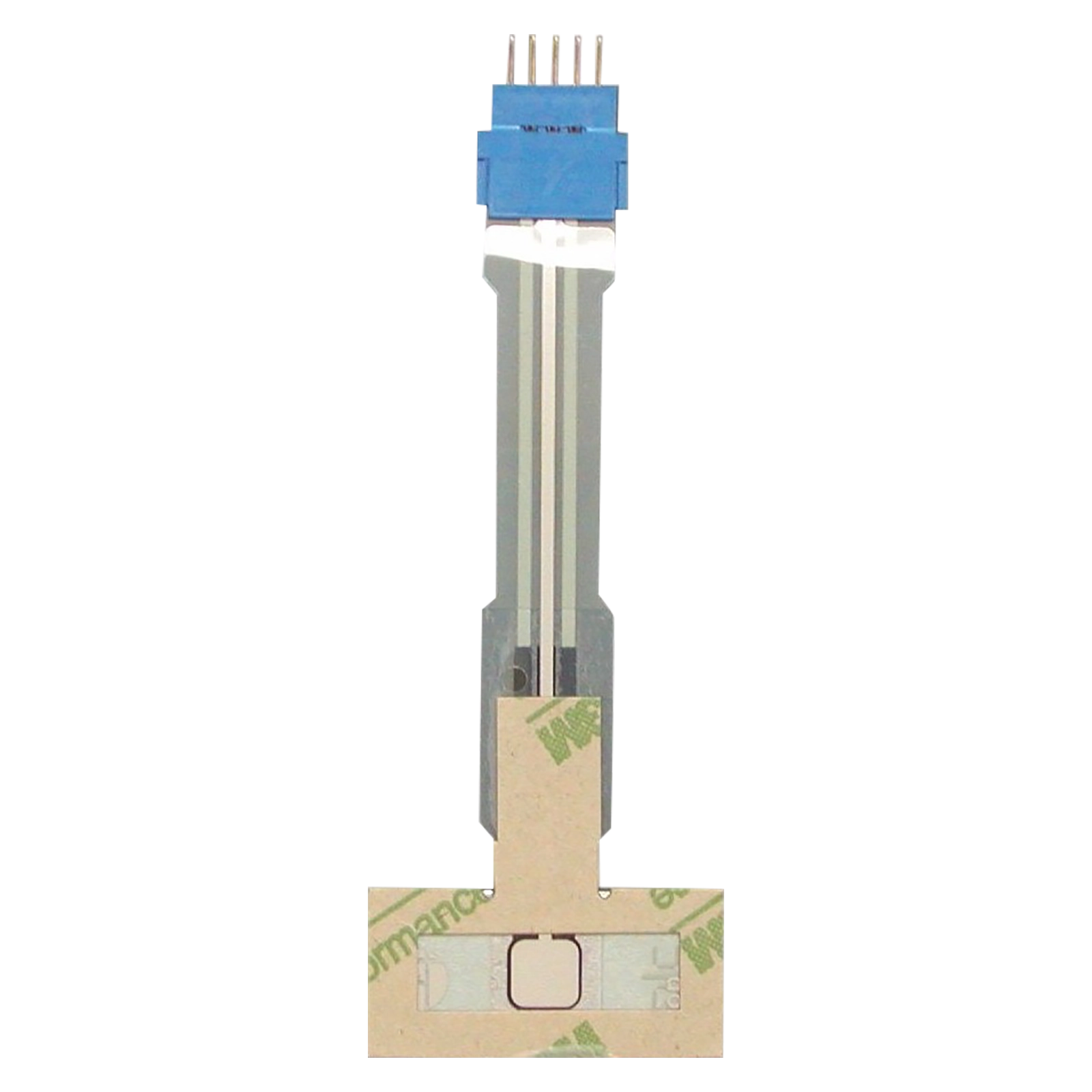Exactly How Membrane Switches Enhance Individual Experience in Devices
Membrane layer switches play an essential duty in boosting individual experience across numerous devices by integrating user-friendly style principles and reliable tactile comments devices. As markets increasingly seek solutions that integrate toughness with user-centric design, the implications of membrane layer switches over warrant further exploration to completely value their effect on modern-day innovation.
Improved Tactile Responses
Boosted responsive comments in membrane layer switches significantly boosts individual experience by offering clear, responsive communications. This responses is vital in applications where precision and customer confidence are paramount, such as clinical gadgets and commercial controls. By including functions such as tactile domes or elevated components, membrane layer switches permit users to feel an unique reaction upon activation, thereby lowering the chance of accidental inputs.
The integration of responsive responses serves to bridge the void between the physical and electronic realms, using individuals an encouraging confirmation of their actions. This interaction not just fosters a sense of control but additionally lowers the cognitive tons, as individuals can rely upon their feeling of touch to navigate through different features. Boosted responsive responses can bring about increased performance, as operators can execute commands quickly without needing to visually confirm each action.

Moreover, the reliability of tactile responses in membrane changes adds to overall product use. When users can with ease involve with a device, it promotes a more favorable communication, bring about greater contentment and commitment. Therefore, the execution of enhanced tactile feedback is a crucial consideration for developers aiming to boost the customer experience within their products.
Enhanced Visual Appeals and Layout
Aesthetic charm plays an essential role in the capability and marketability of membrane switches. These buttons use a seamless assimilation of type and function, enabling manufacturers to create visually striking interfaces that improve customer interaction. With personalized styles, shades, and structures, membrane layer switches can be tailored to straighten with brand identification and item aesthetics, making them an eye-catching selection for different applications.

Furthermore, making use of premium materials and printing techniques guarantees that the visual elements continue to be vibrant and intact over time, enhancing the general quality of the tool. By prioritizing visual appeals in membrane button style, suppliers can substantially boost the individual experience, promoting a positive emotional link between the individual and the device while advertising brand name loyalty.
Increased Sturdiness and Long Life
Beyond their visual allure, membrane layer buttons are recognized for their boosted longevity and durability, making them a practical option for a vast array of applications. Constructed from robust materials such as polyester or polycarbonate, these switches can hold up against article source rough environmental problems, including direct exposure to moisture, dust, and chemicals. This resilience is vital for gadgets used in commercial, clinical, and outdoor setups, where equipment is usually based on extensive usage.
Membrane layer switches are additionally less prone to mechanical failure contrasted to traditional mechanical buttons. The lack of moving parts lowers the probability of deterioration, consequently prolonging the functional life expectancy of the tool. Additionally, their secured design stops impurities from going into the switch, additionally improving reliability.

Simplified User Interaction
Three vital factors add to the simplified individual interaction offered by membrane layer buttons: intuitive layout, tactile feedback, and adjustable layouts. The instinctive layout of membrane switches over permits users to rapidly recognize and browse the interface without substantial training. This user-centric approach ensures that controls are logically prepared, facilitating ease of use and reducing the cognitive load on customers.

Moreover, adjustable designs allow manufacturers to tailor the user interface to details applications and customer requirements. By permitting the combination of personalized symbols, shades, and switch arrangements, membrane buttons can be created to match the requirements of diverse user demographics, boosting usability and accessibility. Jointly, these elements contribute to a structured communication experience, making check these guys out membrane switches a preferred choice for gadgets intended at boosting user satisfaction and operational performance.
Versatile Applications Across Industries
The advantages of membrane switches over extend past streamlined customer interaction, discovering applications across a plethora of industries. In the healthcare sector, they are used in clinical gadgets such as analysis equipment and mixture pumps, where dependability and simplicity of cleansing are critical. Membrane layer switches over provide a durable interface that can stand up to the rigors of a scientific atmosphere while making certain easy to use operation.
In the consumer electronics market, these buttons are prevalent in home devices, video gaming devices, and click reference push-button controls, offering a smooth, contemporary aesthetic combined with sturdiness. Their low-profile style enables suppliers to develop compact and stylish devices without jeopardizing performance.
Moreover, the automotive market makes use of membrane layer buttons for dashboard controls and infomercial systems, enhancing the customer experience by offering tactile comments and intuitive navigation. The commercial field likewise benefits, with membrane layer changes included in machinery and control board, guaranteeing effective procedure in frequently extreme problems.
Ultimately, the adaptability of membrane layer changes enables a wide variety of applications, improving customer experience across varied areas by combining performance, resilience, and layout adaptability. As sectors proceed to evolve, the demand for these innovative interfaces is most likely to expand also additionally.
Verdict
To conclude, membrane layer switches over substantially improve user experience by giving improved responsive comments, cosmetically pleasing styles, raised toughness, and streamlined individual interaction (membrane switch). Their flexibility throughout different markets emphasizes their value in contemporary tool style. The mix of these characteristics not just facilitates user-friendly interaction yet also guarantees a reputable efficiency, making membrane layer switches a critical element in the advancement of straightforward modern technology. Continued development in this field will additionally elevate the requirements of customer communication in future applications.